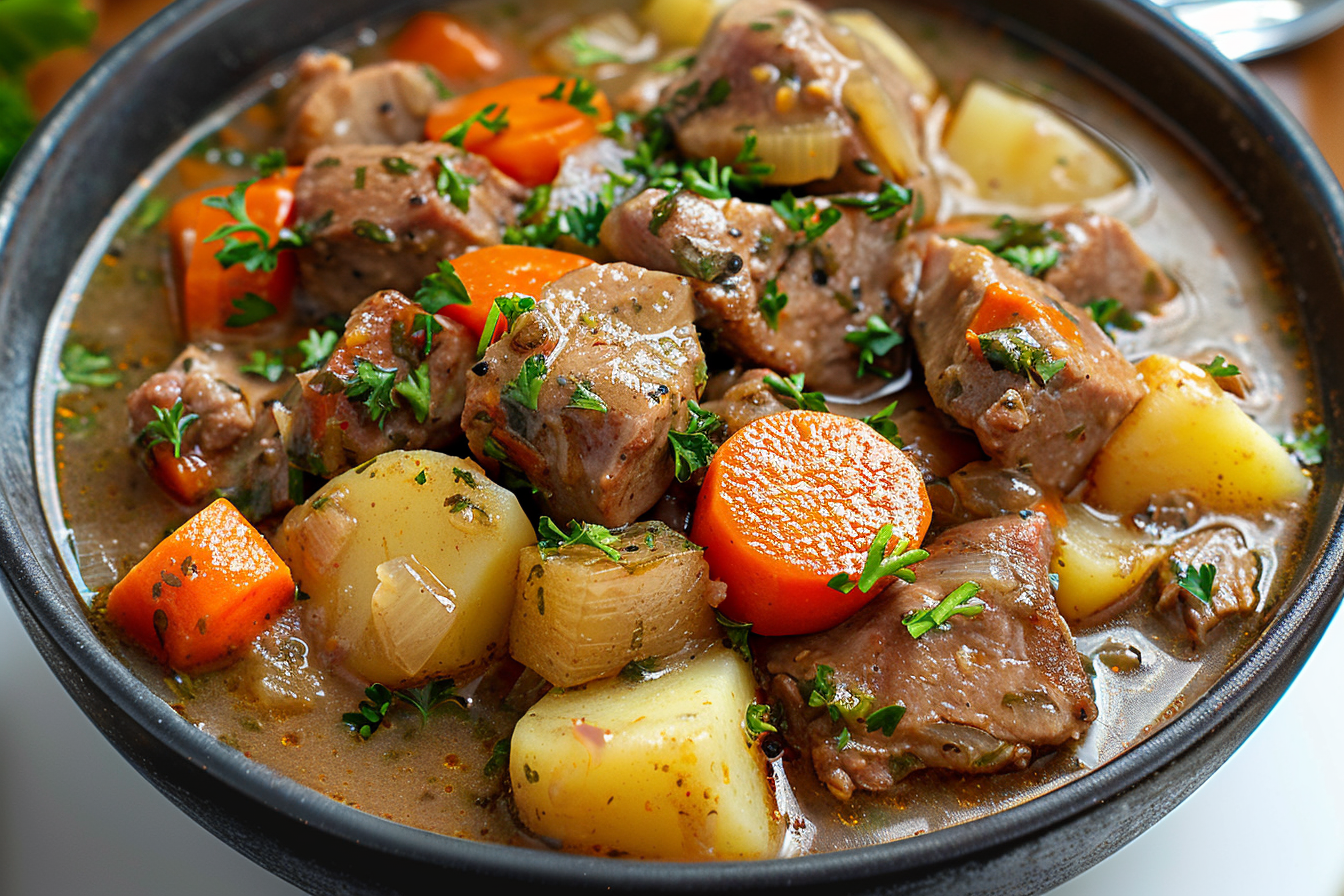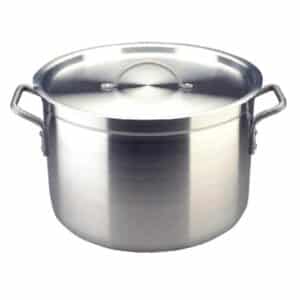Peu de plats sont aussi réconfortants qu'un ragoût de porc traditionnel. Riche, copieux et plein de saveurs robustes, le ragoût de porc est un aliment de base très apprécié dans les foyers du monde entier. Cette recette intemporelle, qui puise ses racines dans la cuisine européenne, en particulier la cuisine française, associe de tendres morceaux de porc à un pot-pourri de légumes sains, le tout mijoté lentement jusqu'à la perfection.
Quelle est la meilleure coupe de porc pour préparer un ragoût de porc ?
L'épaule de porc est le morceau préféré pour le ragoût de porc en raison de son persillage et de sa teneur en graisse, qui contribuent à la riche saveur et à la texture tendre du ragoût. Lorsqu'elle est cuite lentement, elle donne une viande fondante qui complète parfaitement le plat.










